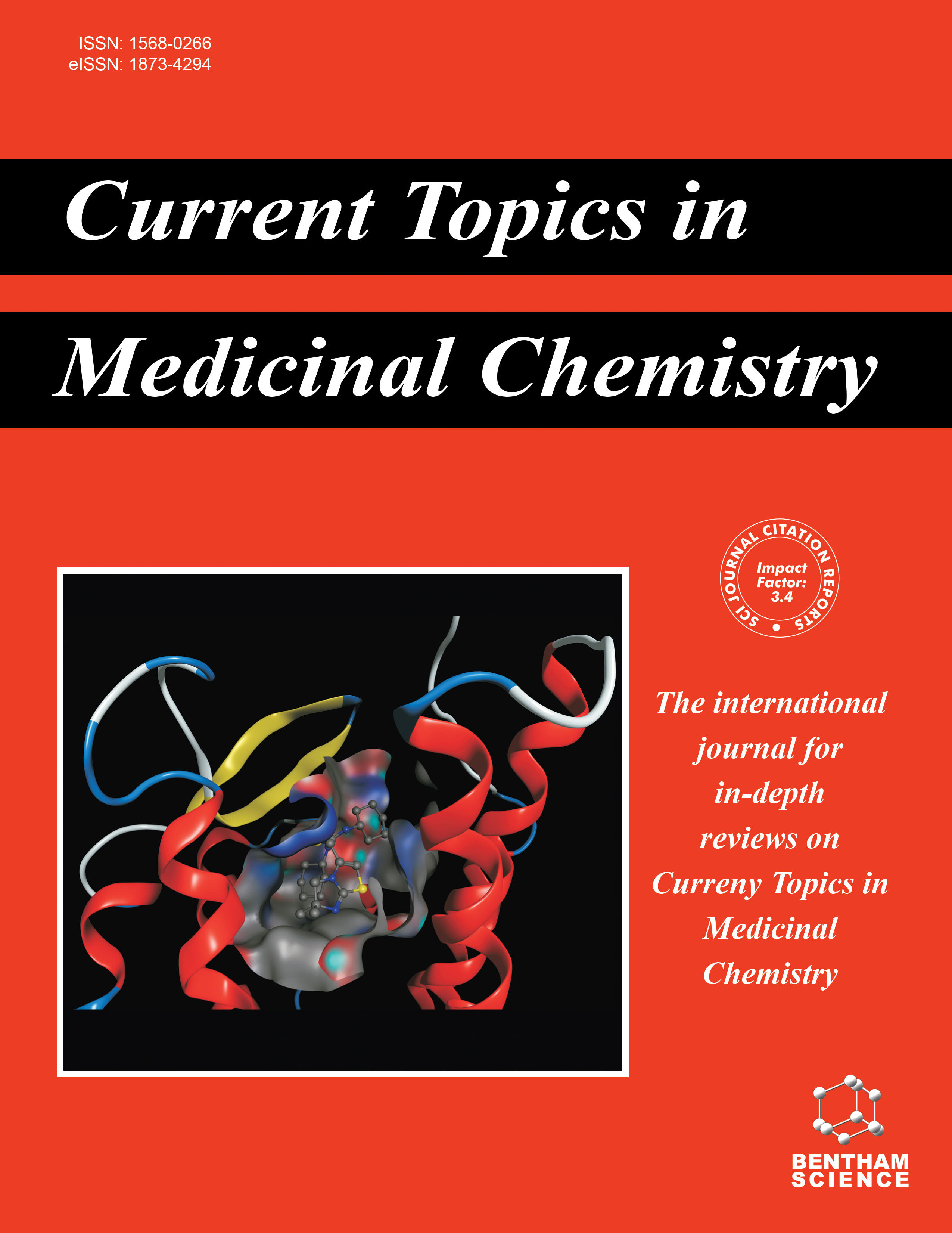
Full text loading...
We use cookies to track usage and preferences.I Understand
Cancer continues to be a major global health challenge, driving the need for the discovery of novel therapeutic agents. Among these, heterocyclic phytochemicals have gained significant attention for their potential as anticancer agents. This review offers a detailed analysis of various classes of heterocyclic compounds with proven anticancer properties, shedding light on their mechanisms of action. The study draws from a diverse array of natural product sources, detailing the chemical structures and bioactivities of these compounds. Key heterocyclic classes such as alkaloids, flavonoids, coumarins, and terpenoids are emphasized due to their potent anticancer effects. Heterocyclic phytochemicals exhibit diverse anticancer mechanisms, including the modulation of cellular pathways like apoptosis, angiogenesis, and cell cycle progression. The combination of heterocyclic phytochemicals with conventional cancer therapies has shown promising synergistic effects, enhanced treatment efficacy and reducing side effects. The review systematically evaluates both preclinical and clinical studies, revealing the efficacy, safety profiles, and pharmacokinetics of selected heterocyclic compounds. The promising outcomes highlighted in this review underscore the critical need for ongoing research to fully realize the therapeutic potential of heterocyclic phytochemicals in cancer treatment.

Article metrics loading...

Full text loading...
References


Data & Media loading...

